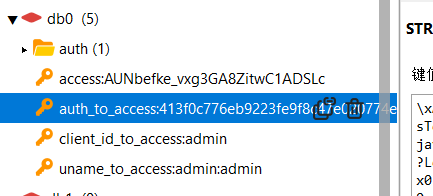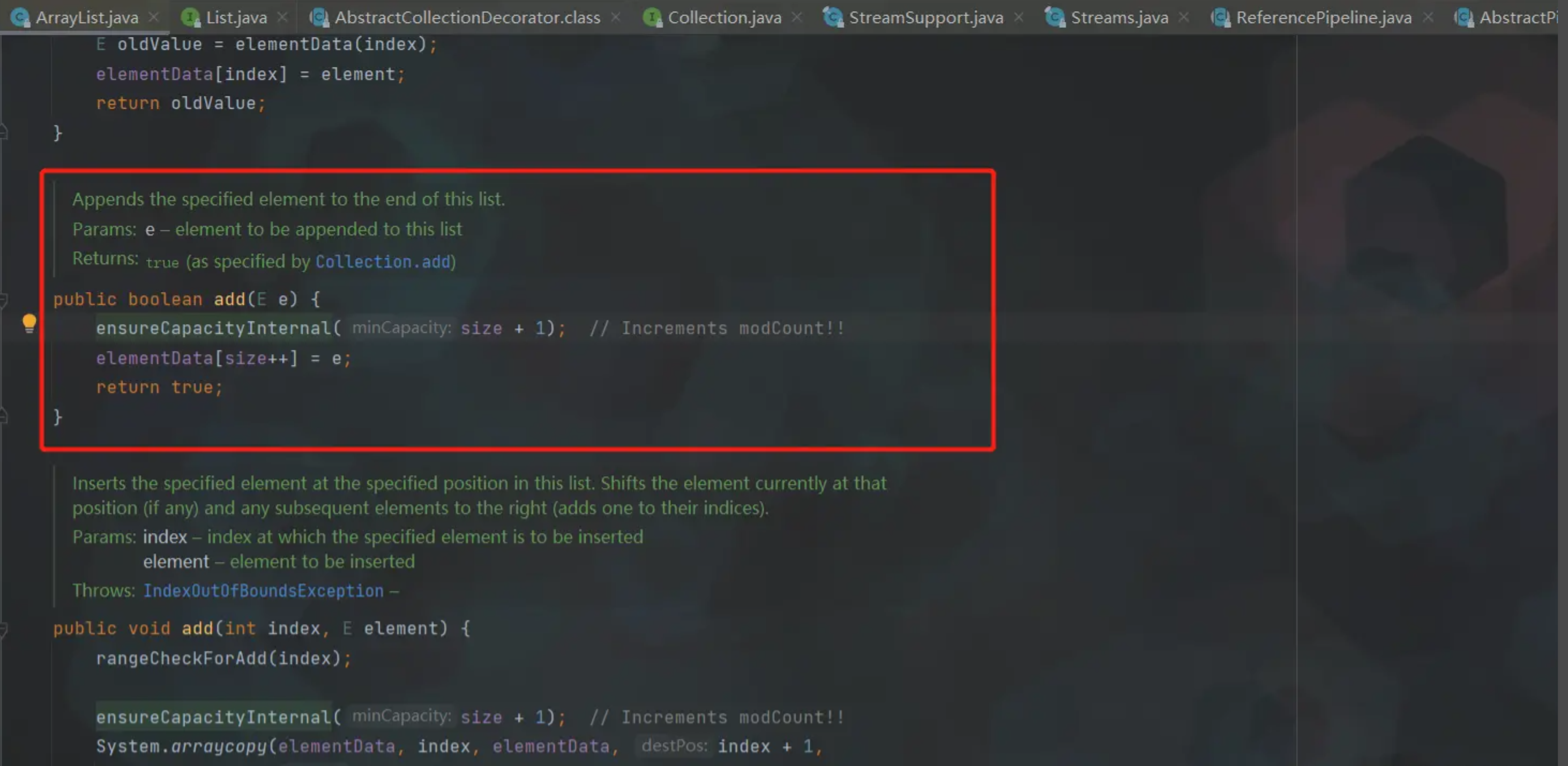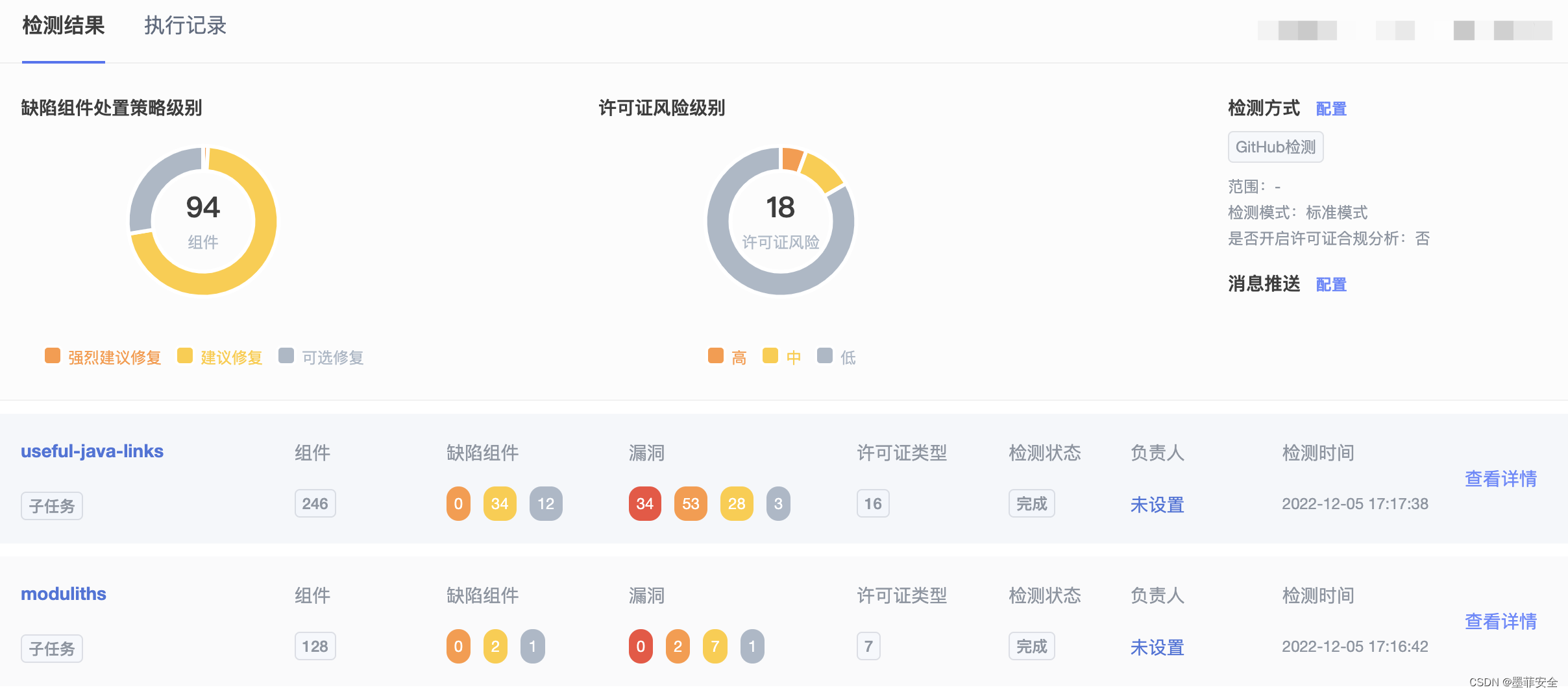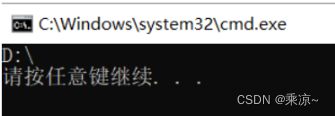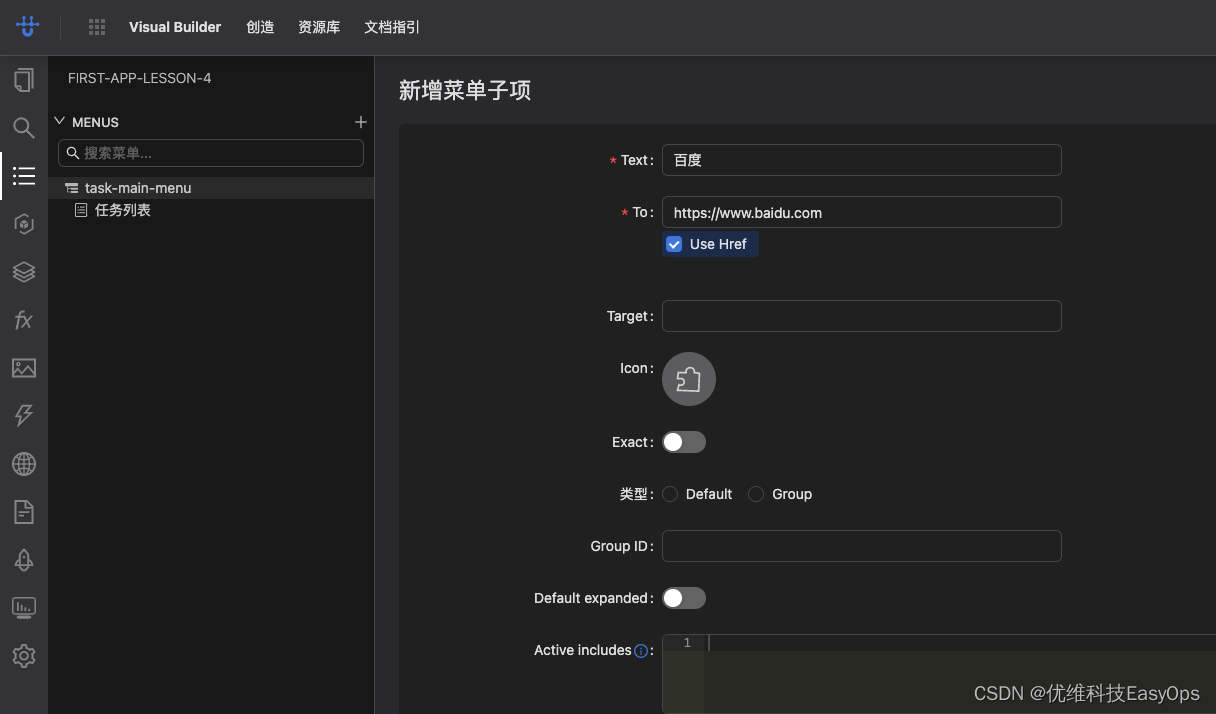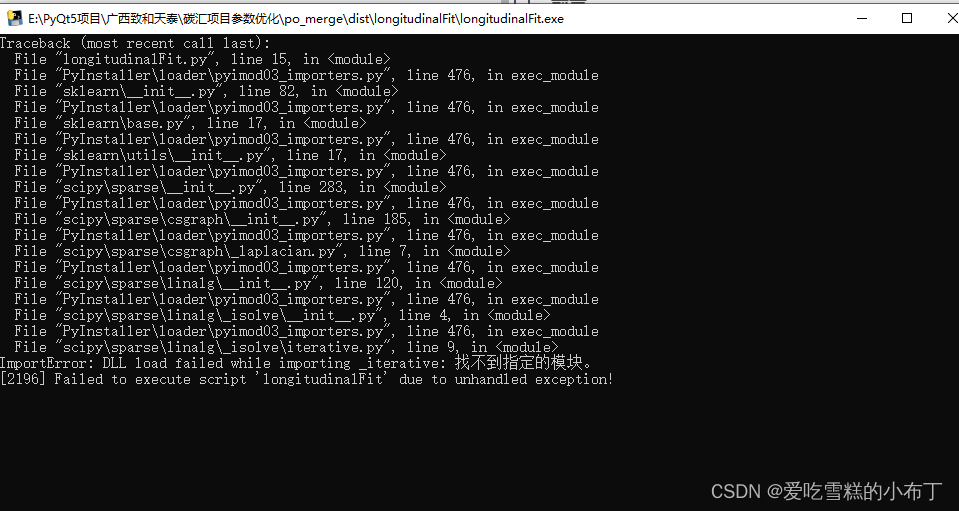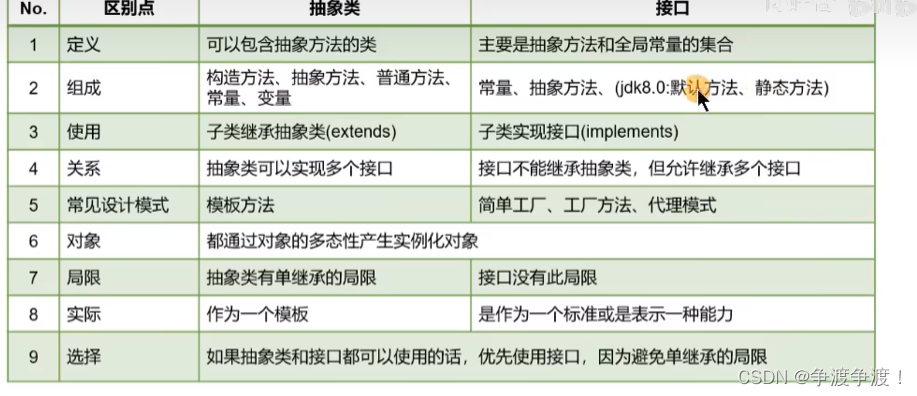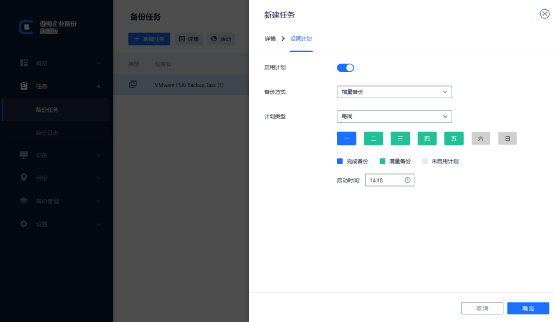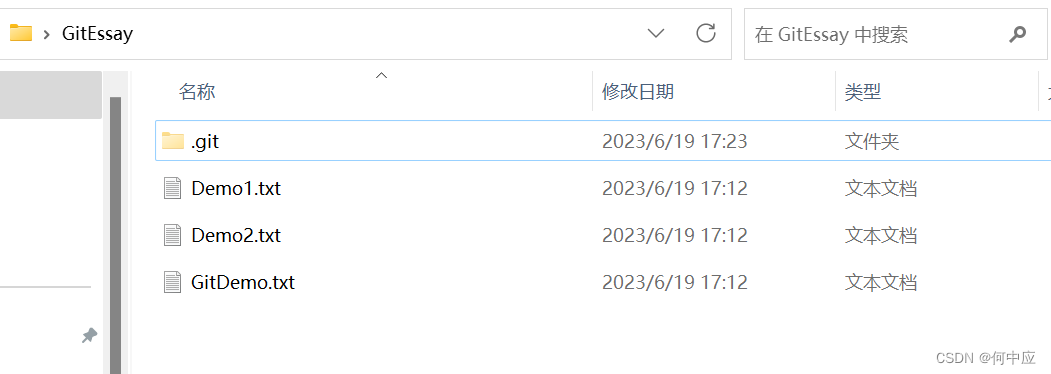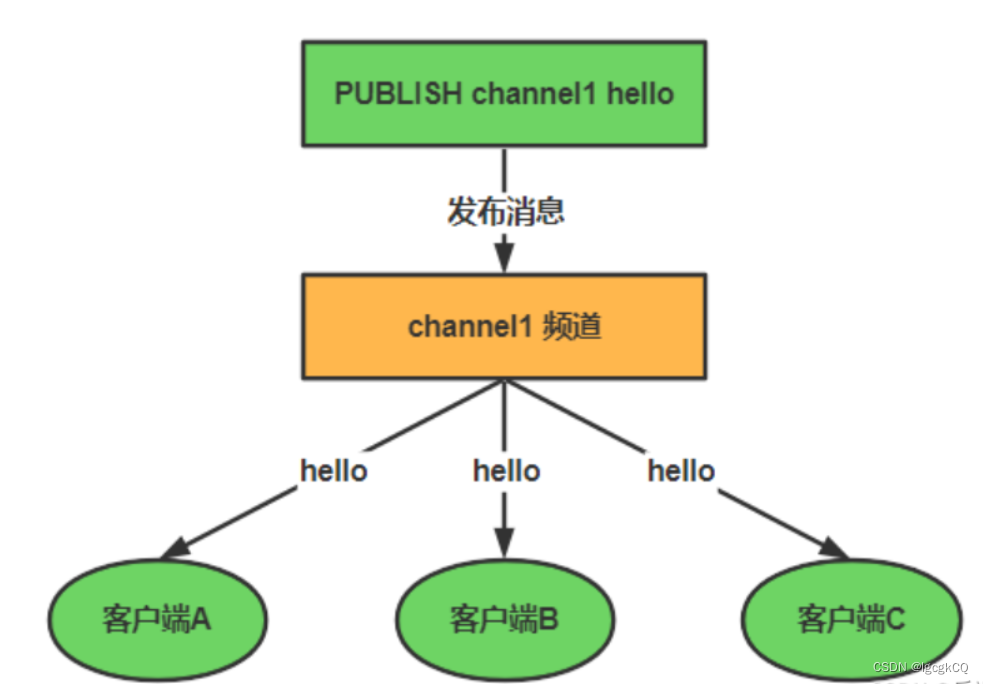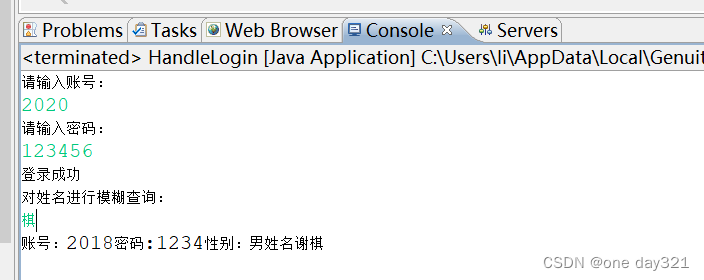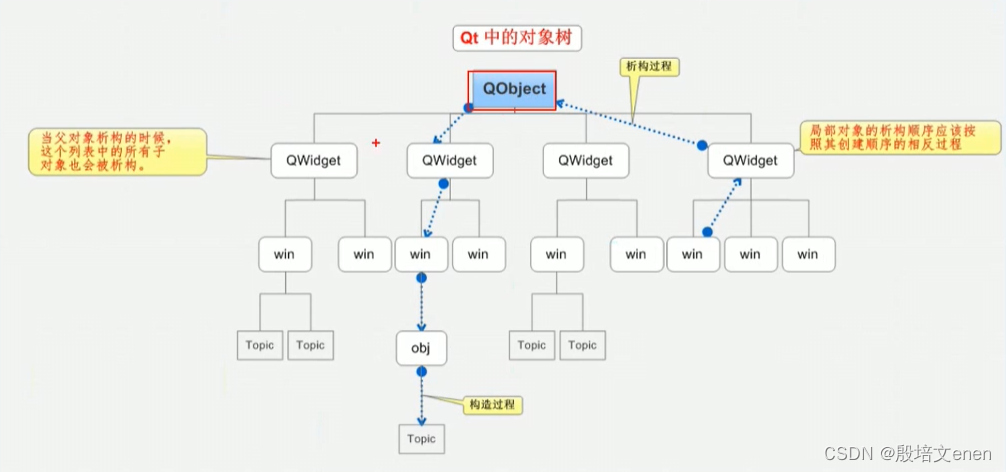1.Oauth2认证协议
简单理解: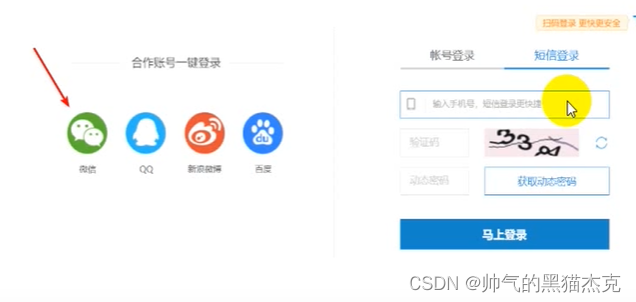
OAuth2是目前最流行的授权协议,用来授权第三方应用,获取用户数据。
1.1 流程

客户端通过认证和授权,向资源服务器去访问资源。
其中,授权和认证都需要在授权服务器,由资源拥有者(这里不指客户端),授予访问权限。
1.2 token

授权码:是用于向授权服务器申请访问令牌的一种凭据,客户端通过向授权服务器发送请求获取授权码,随后再使用该授权码向授权服务器请求访问令牌,从而获取对资源的访问权限
1.3 会话技术
一般是指cookie和session之间建立的一种会话机制。
1.假如我们登录,访问CSDN,就是跟服务器长久建立一次会话技术。通过CSDN服务器生成的session id,通过cookie响应到客户端。
2.当我访问服务器其他资源时,我客户端中的cookie中的session id 与服务器储存着的session id 进行比对。
3.找到相应的,返回给我们和上次请求相同的数据。
作用:判别是否是同一浏览器的http请求。
2.SpringSecurityOauth2架构模式
对下面图流程(图起参考作用)就是:
- 我访问资源服务器,要经过Client因为没有token,Oauth2RestTemplate会报错,被Oauth2RestFiter捕获。
- 重定向到 Authoraization server(授权服务器),经过Authorization Endpoint(授权端点),再到AuthorizationServerTokenServices,获得授权码.
- 我们拿到授权码后,还是要经过TokenEndPoint(令牌端点),再到AuthorizationServerTokenServices,获得token
- 客户端有了token后,拿着token访问资源,通过Oauth2AuthenticationManager调用ResourceServerTokenServices进行校验。

2.1 授权模式
包目录
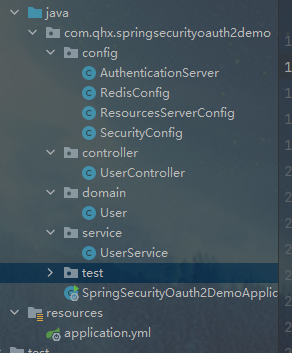
2.1.1 导入依赖
<!--版本号-->
<spring-boot.version>2.6.13</spring-boot.version>
<spring-cloud.version>2021.0.7</spring-cloud.version>
<!--lombok -->
<dependency>
<groupId>org.projectlombok</groupId>
<artifactId>lombok</artifactId>
</dependency>
<!--oauth2-->
<dependency>
<groupId>org.springframework.cloud</groupId>
<artifactId>spring-cloud-starter-oauth2</artifactId>
<version>2.2.2.RELEASE</version>
</dependency>
<!--security-->
<dependency>
<groupId>org.springframework.cloud</groupId>
<artifactId>spring-cloud-starter-security</artifactId>
<version>2.2.2.RELEASE</version>
</dependency>
<dependencyManagement>
<dependencies>
<dependency>
<groupId>org.springframework.boot</groupId>
<artifactId>spring-boot-dependencies</artifactId>
<version>${spring-boot.version}</version>
<type>pom</type>
<scope>import</scope>
</dependency>
<!--spring-cloud依赖-->
<dependency>
<groupId>org.springframework.cloud</groupId>
<artifactId>spring-cloud-dependencies</artifactId>
<version>${spring-cloud.version}</version>
<type>pom</type>
<scope>import</scope>
</dependency>
</dependencies>
</dependencyManagement>2.1.2 流程大概
1.我们不是自定义实现UserDetailService 去自定义 loadUserByUsername()方法,
2.自定义SercutiyConfig extends WebSecurityConfigurerAdapter 继承这个逻辑。
3.自定义 AuthenticationServer extends AuthorizationServerConfigurerAdapter (在实际开发中,授权服务器逻辑是框架帮我们定义的)
4. 自定义 ResourcesServerConfig extends ResourceServerConfigurerAdapter(也就是我们没用框架时候的资源)
2.1.3 代码实现
SecurityConfig.java
@Configuration
@EnableWebSecurity
public class SecurityConfig extends WebSecurityConfigurerAdapter {
//@Override
//protected void configure(AuthenticationManagerBuilder auth) throws Exception { //auth.inMemoryAuthentication()
// auth.inMemoryAuthentication()
// .withUser("lxs")
// .password("{noop}123") //使用springsecurity5,需要加上{noop}指定使用NoOpPasswordEncoder给DelegatingPasswordEncoder去校验密码
// .roles("admin");
//}
@Override
//解决静态资源被拦截的问题
public void configure(WebSecurity web) throws Exception {
// web.ignoring().antMatchers("/asserts/**");
}
@Override
protected void configure(HttpSecurity http) throws Exception {
http.authorizeRequests()
// 所有符合下面路径,放行
.antMatchers("/oauth/**","/login/**","/logout/**").permitAll()
// 剩下任何请求,都要认证后才能访问。
.anyRequest().authenticated()
.and().formLogin().permitAll()
// 关闭跨域保护;
.and().csrf().disable();
}
// 密码容器
@Bean
public PasswordEncoder passwordEncoder(){
return new BCryptPasswordEncoder();
}
}
AuthenticationServer.java(授权服务器,实际情况由框架定义)
@Configuration
@EnableAuthorizationServer
public class AuthenticationServer extends AuthorizationServerConfigurerAdapter {
@Autowired
private PasswordEncoder passwordEncoder;
@Override
public void configure(ClientDetailsServiceConfigurer clients) throws Exception {
clients.inMemory()
// id 和 secret 也是oauth处理的
.withClient("admin") // 配置 client - id
.secret(passwordEncoder.encode("112233")) // 配置client- secret 简单理解秘钥
.accessTokenValiditySeconds(3600)// 配置access-token有效时间
.redirectUris("http://www.baidu.com")// 配置配置拿到令牌后重定向的网址(客户端)
.scopes("all")// 配置申请的权限范围
.authorizedGrantTypes("authorization_code"); // 配置授权类型
}
}
ResourcesServerConfig.java
@Configuration
@EnableResourceServer
public class ResourcesServerConfig extends ResourceServerConfigurerAdapter {
@Override
public void configure(HttpSecurity http) throws Exception {
http.authorizeRequests().anyRequest().authenticated()
// 参考一下securityConf中对资源的拦截
.and().requestMatchers().antMatchers("/user/**");
}
}
UserController.java
@RestController
@RequestMapping("/user")
public class UserController {
@RequestMapping("/getCurrentUser")
public Object getCurrentUser(Authentication authentication){
Object principal = authentication.getPrincipal();
return principal;
}
}
1.访问地址 ,先去授权服务器的 授权端点,拿授权码。路径参数,都是授权服务器的配置。
http://localhost:8888/oauth/authorize?response_type=code&client_id=admin&redirect_uri=http://www.baidu.com&scope=all
2.点击approve ,再点击 Authorize

3.跳转到网址,这里有授权码
.
4.之后再去令牌端点,拿token。
http://localhost:8888/oauth/token
PostMan配置
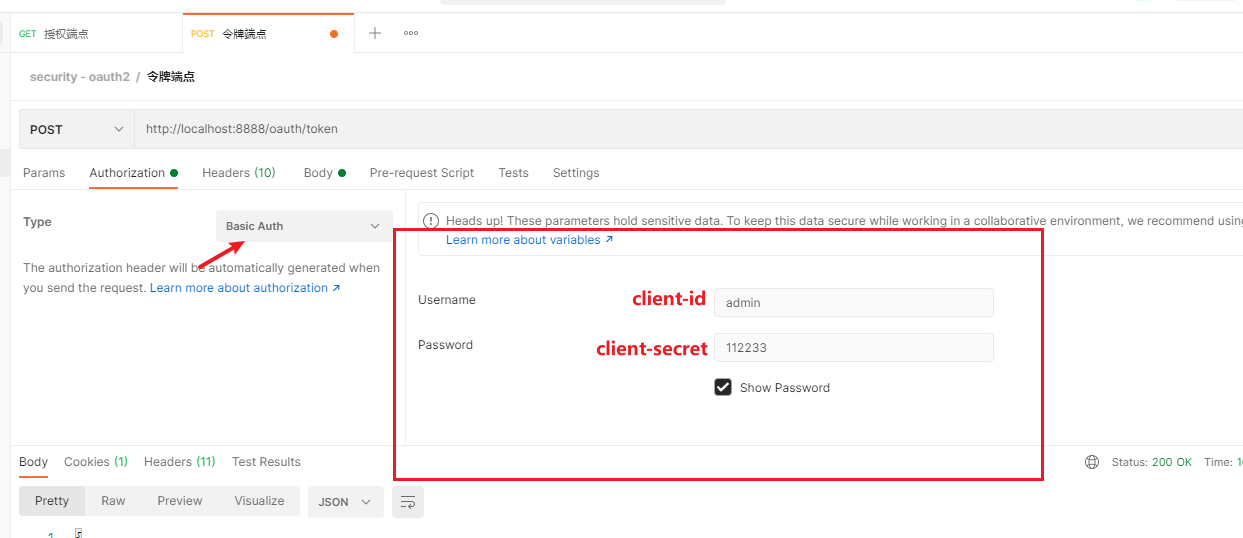
这里要和你 授权服务器的配置 要对应。
PS: 一旦你请求失败,需要重新获取授权码。

5.拿到token后,就能访问资源服务器了
{
"access_token": "t-nFqHHJWc3cFzD4q0p4RF8a--Y", // 令牌码
"token_type": "bearer", // 令牌类型
"expires_in": 3599, // 有效期
"scope": "all" // 访问范围
} 6.成功拿到请求数据
2.2 密码模式
利用上述demo授权码模式 demo的基础上修改。
说白了,我就绕过授权码,用登录的用户名和密码直接拿token。token -> 资源服务器
之前是 授权码 -> token -> 资源服务器
AuthenticationServer.java
@Autowired
private UserService userService; // ----新增
@Autowired
private AuthenticationManager authenticationManager; // ----新增
/**
* 密码模式
* @param
* @return
*/
@Override // -----新增
public void configure(AuthorizationServerEndpointsConfigurer endpoints) throws Exception {
endpoints.authenticationManager(authenticationManager)
.userDetailsService(userService);
}
@Override
public void configure(ClientDetailsServiceConfigurer clients) throws Exception {
clients.inMemory()
// id 和 secret 也是oauth处理的
.withClient("admin") // 配置 client - id
.secret(passwordEncoder.encode("112233")) // 配置client- secret 简单理解秘钥
.accessTokenValiditySeconds(3600)// 配置access-token有效时间
.redirectUris("http://www.baidu.com")// 配置配置拿到令牌后重定向的网址(客户端)
.scopes("all")// 配置申请的权限范围
.authorizedGrantTypes("password"); // 配置授权类型 // ------修改
// authorization_code
}SecurityConfi.java
@Override
@Bean
public AuthenticationManager authenticationManagerBean() throws Exception {
return super.authenticationManagerBean();
}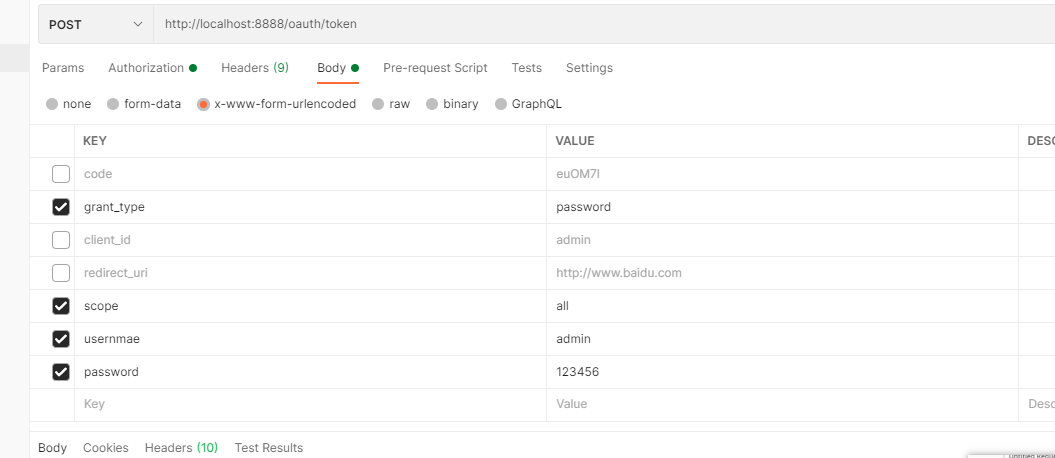
2.3 redis存储token
2.3.1 导入相关依赖
<dependency>
<groupId>org.springframework.boot</groupId>
<artifactId>spring-boot-starter-data-redis</artifactId>
</dependency>
<!--commons-pools连接池,lettuce没有内置的数据库连接池所以要用第三方的 -->
<dependency>
<groupId>org.apache.commons</groupId>
<artifactId>commons-pool2</artifactId>
</dependency>2.3.2 yml配置文件
# redis配置
spring:
redis:
password: 123456
# 默认0库
database: 0
#连接超时时间
timeout: 10000ms
port: 6379
host: 192.168.88.135
lettuce:
pool:
# 设置最大连接数
max-active: 1024
# 最大阻塞时间
max-wait: 10000ms
# 最大空间连接,默认8
max-idle: 200
# 最小空间连接,默认5
min-idle: 5RedisConfig.java
新建RedisConfig,你可以理解为我们新建redis
@Configuration
public class RedisConfig {
@Autowired
private RedisConnectionFactory redisConnectionFactory;
@Bean
// 这好像是security-oauth2 专门用来新增redis用的
public TokenStore redisTokenStore(){
return new RedisTokenStore(redisConnectionFactory);
}
}
AuthenticationServer.java 新加配置
@Autowired
@Qualifier("redisTokenStore")
private RedisTokenStore redisTokenStore; // ----新增
/**
* 密码模式
* @param
* @return
*/
@Override
public void configure(AuthorizationServerEndpointsConfigurer endpoints) throws Exception {
endpoints.authenticationManager(authenticationManager)
.userDetailsService(userService)
.tokenStore(redisTokenStore); // ----新增
}会发现你的数据库里面新增5个token。
